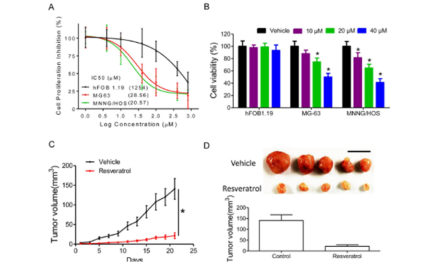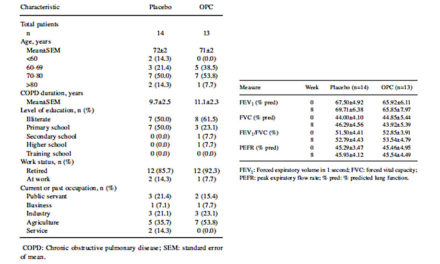Ines Barkia 1, Nazamid Saari 1,* and Schonna R. Manning 2
1 Department of Food Science, Universiti Putra Malaysia, Selangor 43400, Malaysia; ines.barkia@gmail.com
2 Department of Molecular Biosciences, UTEX Culture Collection of Algae, University of Texas at Austin,
Austin, TX 78712, USA; schonna.manning@utexas.edu
* Correspondence: nazamid@upm.edu.my
Received: 25 March 2019; Accepted: 2 April 2019; Published: 24 May 2019
Abstract: Microalgae represent a potential source of renewable nutrition and there is growing interest in algae-based dietary supplements in the form of whole biomass, e.g., Chlorella and Arthrospira, or purified extracts containing omega-3 fatty acids and carotenoids. The commercial production of bioactive compounds from microalgae is currently challenged by the biorefinery process. This review focuses on the biochemical composition of microalgae, the complexities of mass cultivation, as well as potential therapeutic applications. The advantages of open and closed growth systems are discussed, including common problems encountered with large-scale growth systems. Several methods are used for the purification and isolation of bioactive compounds, and many products from microalgae have shown potential as antioxidants and treatments for hypertension, among other health conditions. However, there are many unknown algal metabolites and potential impurities that could cause harm, so more research is needed to characterize strains of interest, improve overall operation, and generate safe, functional products.
Keywords: Microalgae; bioactive compounds; health benefits; antioxidant activity; antihypertensive activity; anti-inflammatory activity








